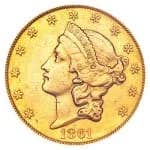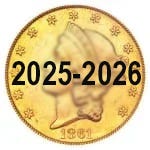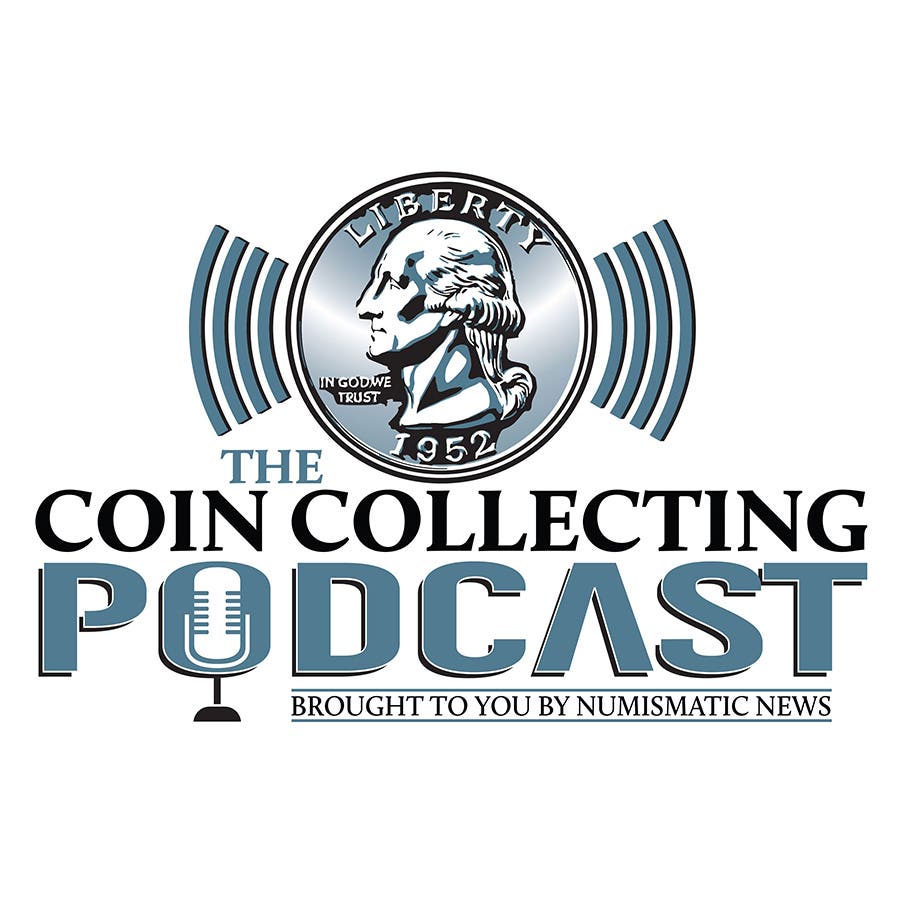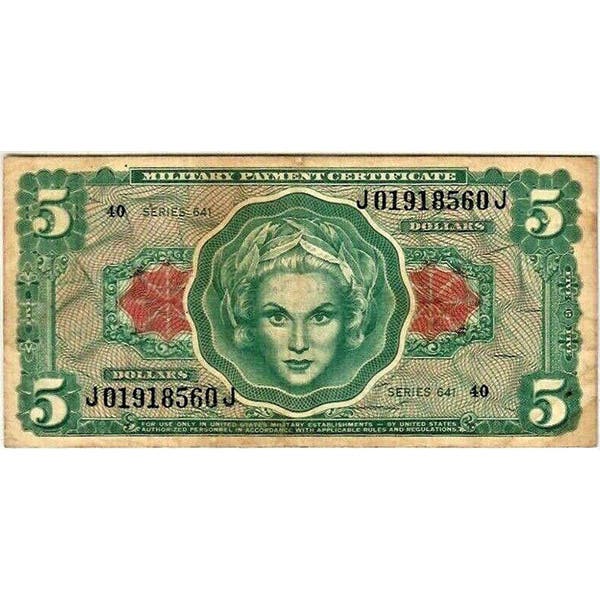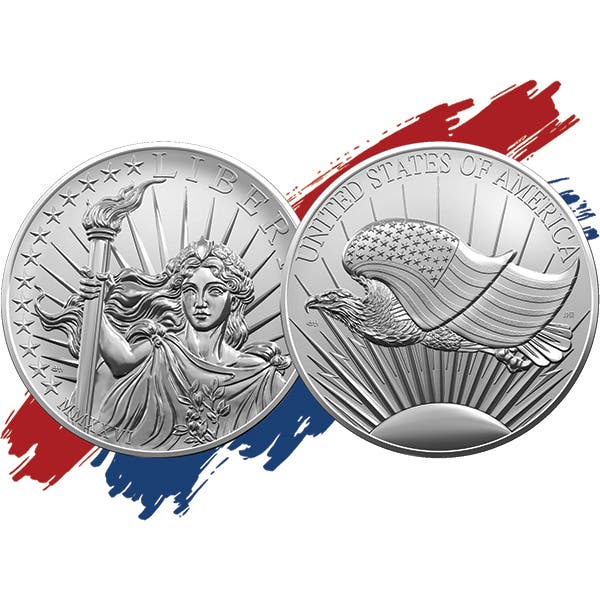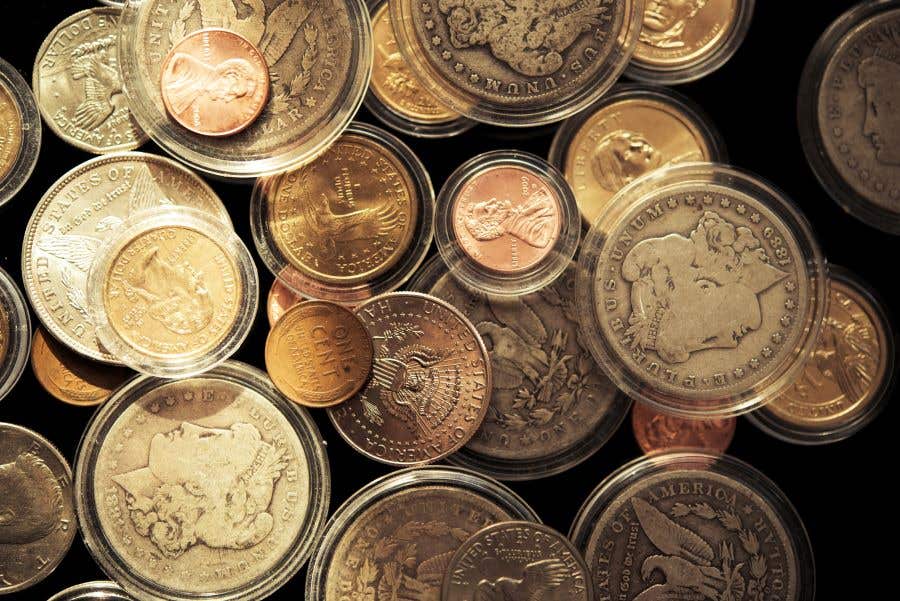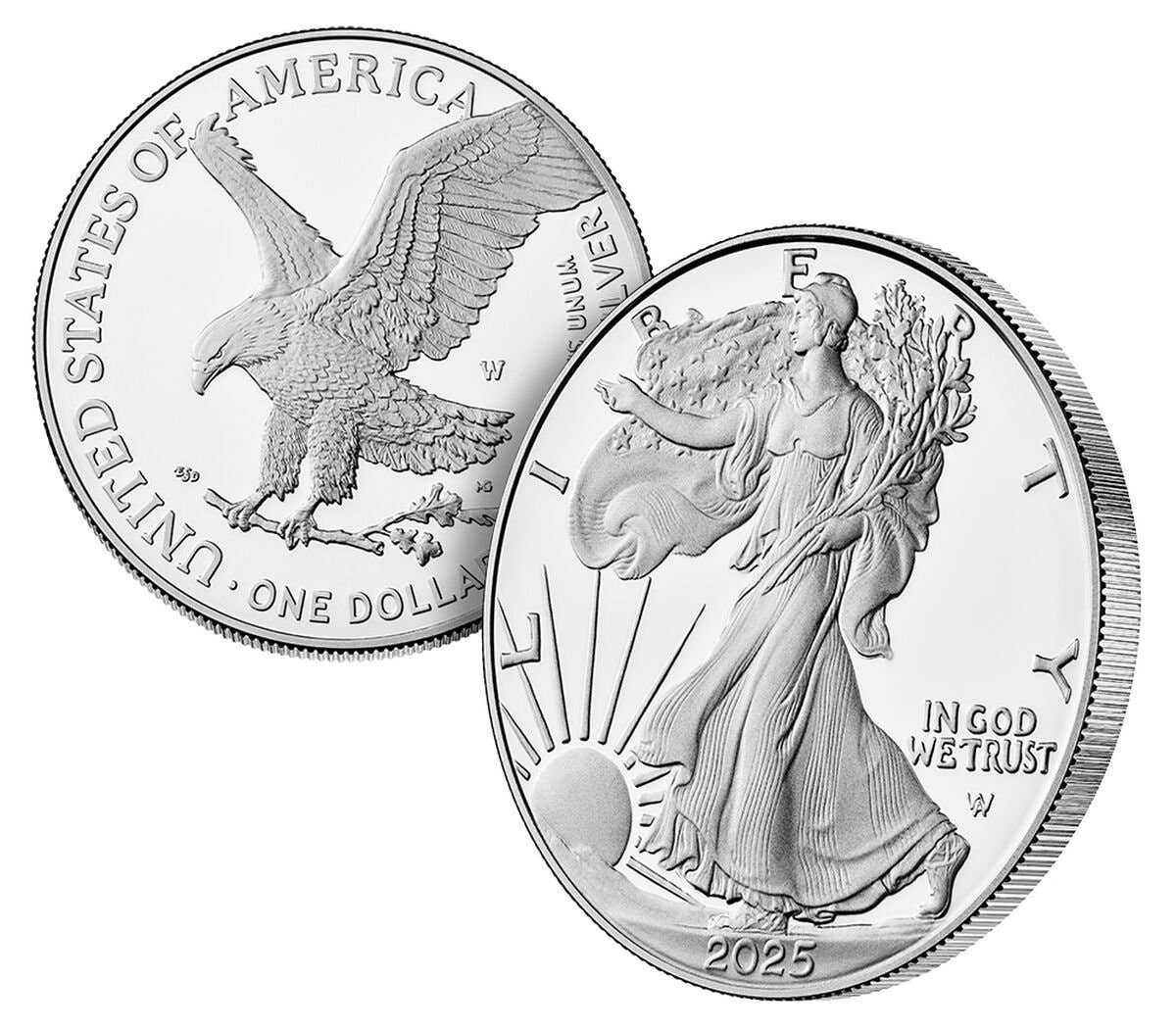Gold Tops $4,000! Now What?
As gold breaks the $4,000 barrier, experts weigh what comes next — and whether global currencies can keep up.
In Asian markets this Wednesday, the spot price of gold surpassed $4,000 for the first time. Some news outlets had proclaimed gold reaching this level a day earlier, though they were referencing commodity futures prices, which tend to now average about $22 above the spot market prices.
A number of financial experts had forecasted that gold’s price could reach $4,000 before the end of 2025. As this column is being written, the price has risen enough over that threshold that it may sustain a price above that level.
So, now that gold has reached the major resistance point of $4,000, now what?
As I explained in last week’s column, supply, demand, and available inventories for gold ultimately impact its price. However, an equally important influence on the price is what is happening to the measuring stick for gold—the value of the U.S. dollar.
While politicians and bureaucrats don’t want to admit that the U.S. dollar is in precarious straits, a growing number of “mainstream” financial experts are saying that gold is safer to hold now than the U.S. dollar. This list includes Mike Wilson, the chief investment officer at Morgan Stanley (20 percent allocation of investments to gold), billionaire Ray Dalio, the founder and manager of Bridgewater Associates hedge fund (15 percent allocation of investments to gold), and mega-billionaire Warren Buffett (after multiple decades being negative on gold and silver his Berkshire Hathaway investment company is looking to buy gold and silver).
Precious metals analyst Alasdair Macleod recently wrote that he calculates that the government of China now owns or effectively controls around 2.4 billion ounces of gold, about 38 percent of all above-ground physical gold. The Chinese government has been accumulating gold since at least 1983, has stimulated that nation’s mining industry into becoming the world’s largest producer, none of which is exported, and has allowed and encouraged private Chinese citizens to acquire physical gold and silver. Further, the Chinese government is working to establish gold depositories in Hong Kong and other cities worldwide.
As China increases its global financial clout, where it has the world’s greatest central bank reserves that are about quadruple that of the U.S., that puts the value of the U.S. dollar at greater risk of falling in value even more quickly in the future than it has in the past.
When then President Nixon closed the U.S. Treasury gold exchange window on August 15, 1971, the price of gold was $43.15. Therefore, one U.S. dollar was worth .023175 of an ounce of gold. On Oct. 8, 2025, the gold spot price at the COMEX close was $4,043.30, making one U.S. dollar equal to .0000247 of an ounce of gold. In other words, gold has lost more than 98.9 percent of its value over the past 54 years.
Now that gold has reached $4,000, predicting future price increases is more uncertain than when gold ended 2024 at $2,629.25. But politicians and bureaucrats around the world, with possible exceptions of China, Russia, and maybe a few more, are doing little to prop up the values of their fiat (paper) currencies in relation to gold. Therefore, I expect the price of gold, as measured in almost any fiat currency, to continue to rise in the short-, intermediate-, and long-term. Just remember that the past will not be in a straight line.
Last column’s numismatic trivia question.
Last time, I asked, “What was the first U.S. coin to bear an obverse mintmark?” Although many U.S. coins today have mintmarks on the obverse, almost all mintmarks on U.S. coins other than Lincoln cents before 1968 were on the reverse. When the New Orleans Mint began operations in 1838, the half dollars struck there that year and the next had the “O” mintmark on the obverse.
This week’s trivia question
Here is this week’s question. What was the first U.S. coin to bear a mintmark on the coin’s edge? Come back next week for the answer.
Patrick A. Heller was honored as a 2019 FUN Numismatic Ambassador. He is also the recipient of the American Numismatic Association 2018 Glenn Smedley Memorial Service Award, the 2017 Exemplary Service Award, the 2012 Harry Forman National Dealer of the Year Award, and the 2008 Presidential Award. Over the years, he has also been honored by the Numismatic Literary Guild, Professional Numismatists Guild, National Coin & Bullion Association, and the Michigan State Numismatic Society. He is the communications officer of Liberty Coin Service in Lansing, Michigan, and writes “Liberty’s Outlook,” a monthly newsletter on rare coins and precious metals subjects. Past newsletter issues can be viewed at www.libertycoinservice.com. Some of his radio commentaries, "Things You ‘Know’ That Just Aren’t So,” and “Important News You Need To Know,” can be heard at 8:45 a.m. Wednesday and Friday mornings on 1320-AM WILS in Lansing (which streams live and becomes part of the audio archives posted at www.1320wils.com).

